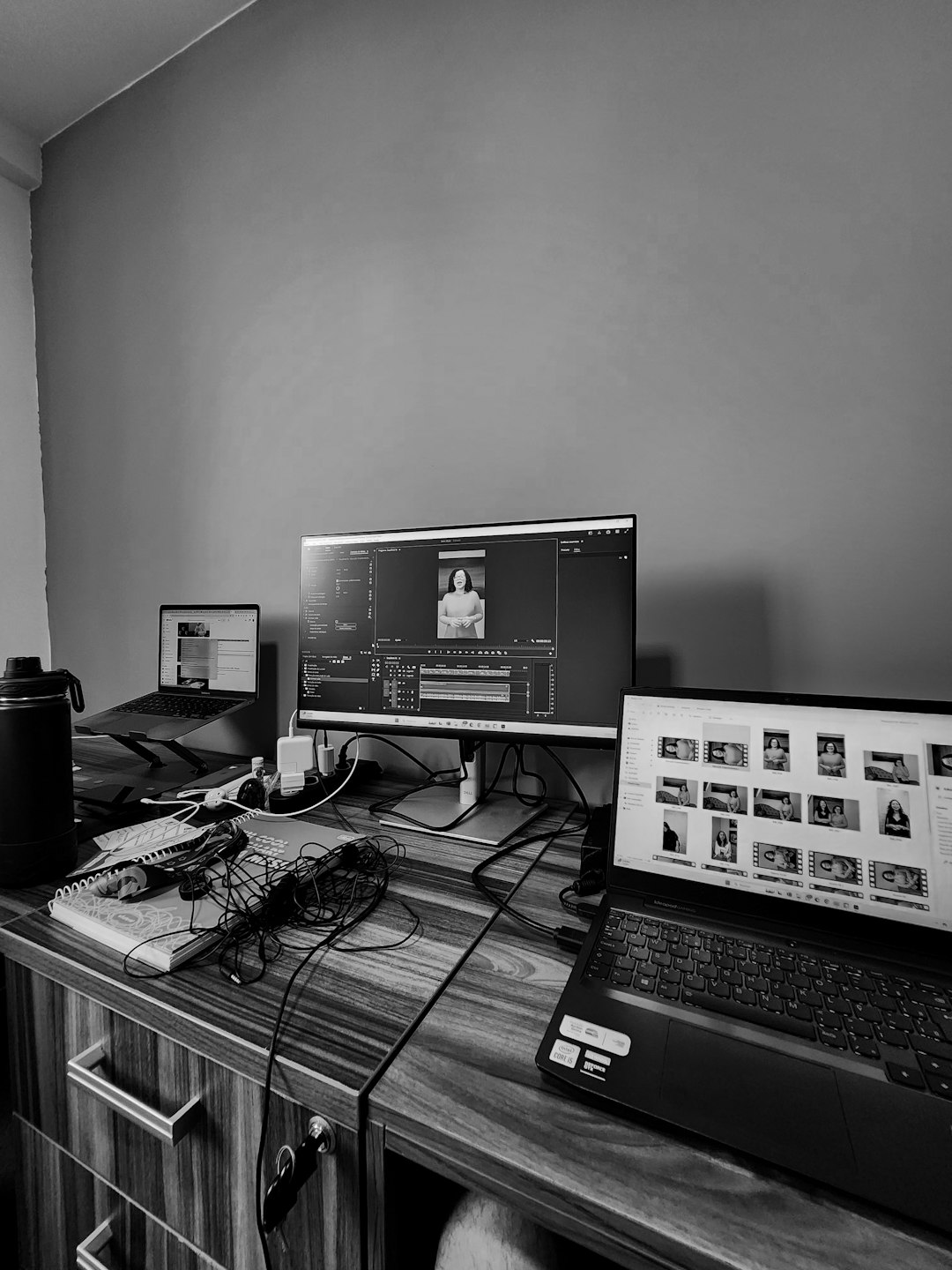Rotating your screen in Windows 11 might not be something you think about every day, but it’s a powerful utility that can seriously enhance your workflow and comfort. Whether you’re a designer looking for a better view of vertical content, a coder wanting more space for lines of code, or simply someone who accidentally flipped the screen and needs to fix it, understanding how and why to rotate your display is important.
Table of Contents
Why You Might Want to Rotate Your Screen
Screen rotation is about more than just aesthetics. There are practical reasons why someone might need or want to rotate their display:
- Reading Documents: Viewing long PDF documents or lengthy web pages can be much easier in portrait mode.
- Coding and Development: Programmers often prefer a vertical display to see more code at once without scrolling.
- Design and Media Creation: Graphic designers may rotate their monitors to better suit their projects.
- Space Optimization: In a multi-monitor setup, vertical monitors can make better use of limited desk space.
Beyond productivity, understanding screen rotation is useful in case your screen rotates unexpectedly due to a keystroke or a software glitch. Knowing how to quickly revert it can save you from considerable frustration.
How to Rotate Your Screen in Windows 11
Thankfully, Windows 11 makes it relatively straightforward to rotate your screen. There are multiple methods you can use, depending on your preference.
Using Keyboard Shortcuts
The fastest way to rotate your display is by using keyboard shortcuts. Here’s how:
- Ctrl + Alt + Up Arrow: Return the screen to normal landscape orientation.
- Ctrl + Alt + Right Arrow: Rotate the screen 90 degrees to the right.
- Ctrl + Alt + Down Arrow: Rotate the screen upside down (180 degrees).
- Ctrl + Alt + Left Arrow: Rotate the screen 90 degrees to the left.
These shortcuts might not work if they have been disabled on your system or overridden by your graphics driver settings.
Using Display Settings
If the shortcuts don’t work or you prefer a graphical method, follow these steps:
- Right-click on the Desktop and choose Display settings.
- Scroll down to the section labeled Display orientation.
- Click the dropdown menu and select Portrait, Landscape (flipped), or another option as needed.
- Confirm the change when prompted to apply the new orientation.

This method provides a user-friendly interface where you can also adjust other settings like screen resolution, multiple displays, and scaling options, all in one place.
Using Graphics Card Settings
Sometimes, graphics drivers like Intel, NVIDIA, or AMD offer their own utilities for managing screen rotation. Here’s how you might use them:
- Open your graphics control panel (e.g., NVIDIA Control Panel, Intel Graphics Command Center).
- Navigate to the display or screen configuration settings.
- Look for rotation options and set the desired screen orientation.

Although this method might seem more complicated, it offers more advanced settings and finer control for certain use cases.
What to Do If Screen Rotation Isn’t Working
If you cannot rotate your screen, it may be due to:
- Rotation Lock: Check if Rotation Lock is activated, especially on convertible laptops and tablets. You can find this setting in the Quick Settings panel (click on the network, battery, or sound icon in the taskbar).
- Outdated Drivers: Ensure that your display and graphics drivers are updated. Outdated drivers can interfere with display settings.
- Hardware Limitations: Some older monitors and GPUs might not support rotation natively.
If none of these options work, it might be worth consulting your device’s support website for specific guidance tailored to your hardware.
Conclusion
Understanding how to rotate your screen in Windows 11 not only boosts your versatility in using your PC but also prepares you to troubleshoot when screens accidentally change their orientation. Whether you rotate your display for productivity gains, creative work, or simply curiosity, Windows 11 provides several intuitive methods to do so.

Take advantage of these features to optimize your workspace and make technology work for you, not the other way around.
